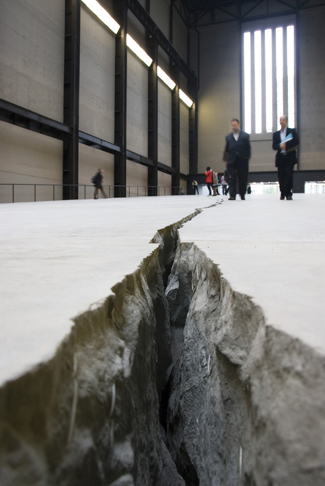1 Modern thinking about art
Throughout this course, our subject is ancient Egyptian art. But even to say this is not unproblematic, and it is useful to consider some of the implications of what we are doing when we say we are studying the art of ancient Egypt.
In modern western societies ‘art’ tends to be regarded as an open concept. It has come to be seen as paradigmatic of a certain sort of freedom (which itself can be viewed in either extremely positive or extremely negative terms: one person’s liberty can be another’s licence; one person’s innovation another’s incomprehensibility or pretentiousness). It is hedged around with related ideologies of ‘creativity’, ‘self-expression’, ‘originality’, to name only some of the most obvious, and this despite its increasing domination by the marketplace. All of these self-images are focused on another adjacent idea: that of the ‘artist’, the type of person who makes art and to whom those notions of ‘originality’, ‘creativity’ and so forth are attributed.
This image, which is itself historical, is derived from Romanticism and Modernism.
But the picture is further complicated by the fact that much contemporary art, with antecedents in the art of the late twentieth century, involves a critique of those widely accepted modernist ideas. There is no single accepted term for this type of art. Some common labels, often negatively inflected, have included Conceptual art and Post-modernist art.
In contemporary society very many different types of thing can be included in the category of art, as well as things that are not really ‘things’ at all, such as performances, installations, even ‘ideas’. Doris Salcedo’s Shibboleth is one such example (Figure 1). This is quite a recent development, one that came to fruition only in the second half of the twentieth century. Not long ago the concept of art would have been restricted to a narrower class of objects: some two-dimensional and taking the form of drawings, prints and paintings, some three-dimensional objects usually of cast metal or of carved stone and wood.

This expansion in the idea of art brings problems in its train when we begin to refer to the ‘art’ of other cultures, especially remote or ancient cultures. On the one hand, it is the expansion and openness of the concept that permits its ever-wider application, but on the other it starts to be applied to practices that share little if anything at all with the practice of modern or contemporary ‘art’.
